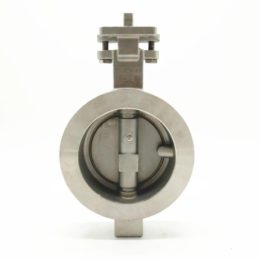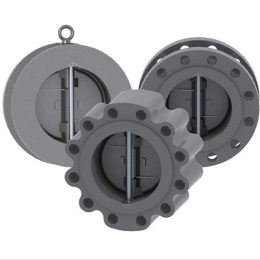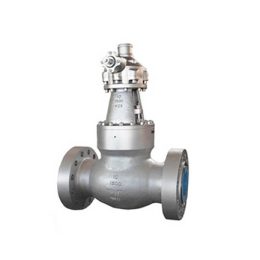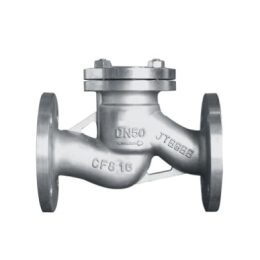What to Pay Attention to When Installing Valves?
Introduction
Valves are an essential component of piping systems in various industries. Proper valve installation is critical to ensure the reliable and safe operation of the pipelines. However, there are many common mistakes that can occur during installation, leading to potential consequences that can impact the system’s performance, safety, and reliability. In this blog post, we will discuss some of the main things to pay attention to when installing valves to avoid these issues.
Improper Pipeline Support
One common mistake during valve installation is improper pipeline support. If the pipeline is buried in frozen soil or untreated loose soil, it can cause damage to the pipeline during backfilling and tamping due to unstable support. To avoid this, it is essential to ensure that the pipeline is not buried in frozen soil or untreated loose soil. The spacing of the buttresses must meet construction specifications, and the support pads must be firm, especially the pipe joints, which should not bear shearing force. Brick buttresses should be built with cement mortar to ensure integrity and firmness.
Flange Connection Issues
Another mistake during valve installation is flange connection issues. The flange and gasket of the pipe connection must be strong enough, and the connecting bolts must be of adequate length and diameter. If not, the flange connection can become loose, causing damage and leakage. To avoid this, pipe flanges and gaskets must meet the requirements of pipeline design working pressure. Gaskets should not protrude into the pipe and should reach the bolt hole of the flange. No bevel pad or several gaskets should be placed in the middle of the flange. The diameter of the bolt connecting the flange should be less than 2mm than the diameter of the flange. The length of the bolt rod should be 1/2 of the thickness of the nut.
Inspection and Testing
Finally, proper inspection and testing are essential during valve installation. It is necessary to perform necessary quality inspections before installing check valves to avoid inflexible check valve opening and closing during system operation. Additionally, water pressure testing should not be carried out during winter construction, as it can cause the tube to freeze quickly. Instead, testing should be carried out at a positive indoor temperature, and the water should be blown off after the pressure test. It is also important to ensure that the specifications and models of the installed water control valve meet the design requirements.
Conclusion
In conclusion, there are many things to pay attention to when installing valves. Improper pipeline support, flange connection issues, and insufficient inspection and testing can all lead to potential consequences that can impact the performance, safety, and reliability of the pipelines. By understanding these common mistakes and taking the necessary precautions, valve installation can be done correctly, ensuring reliable and safe operation of the pipelines.



